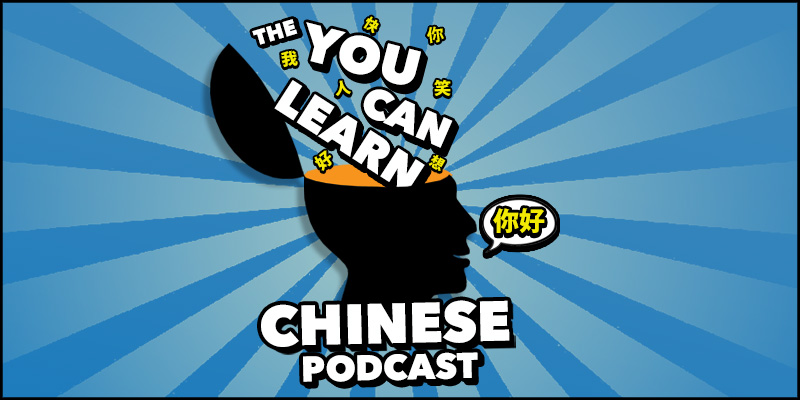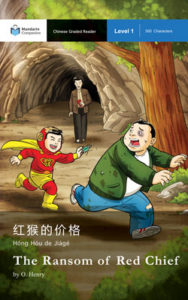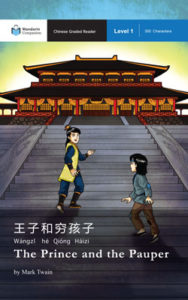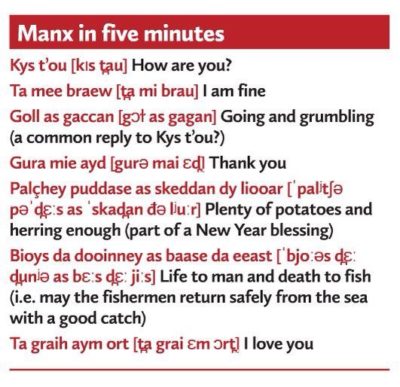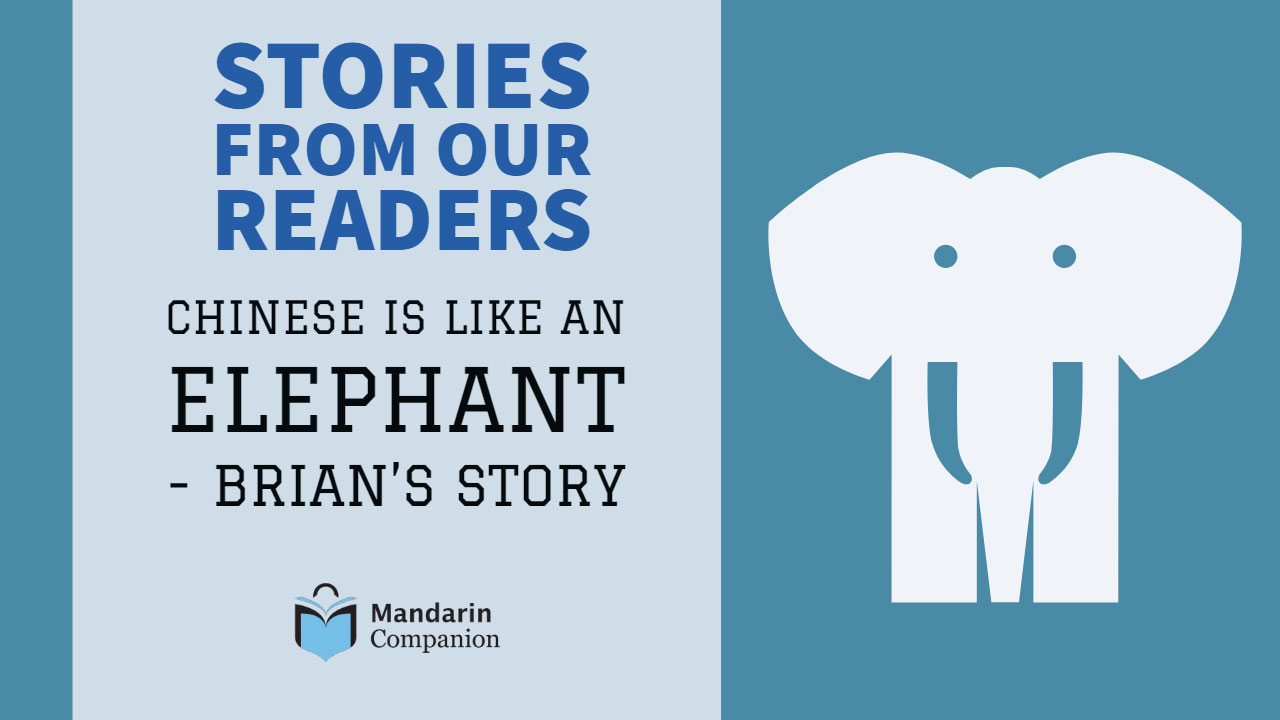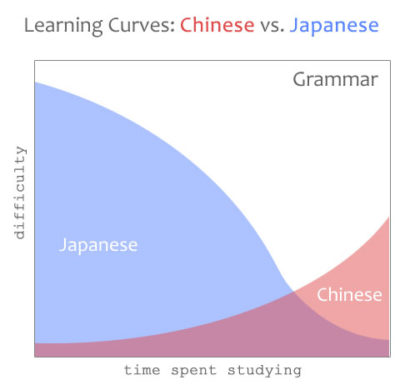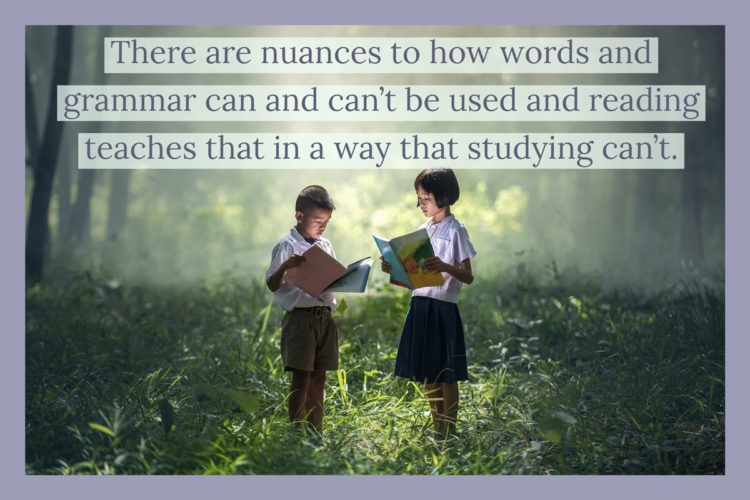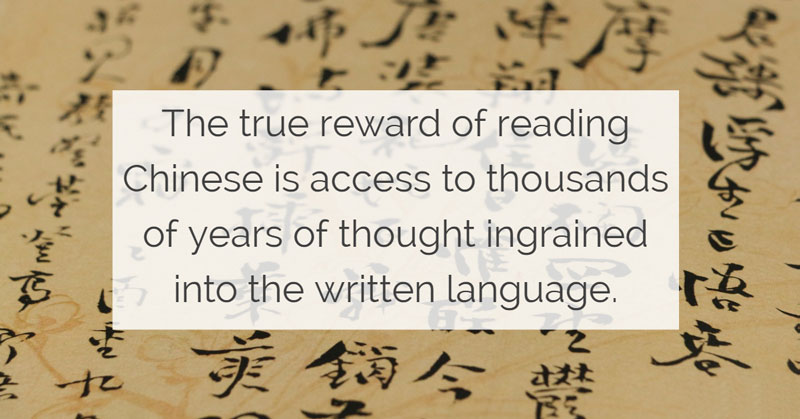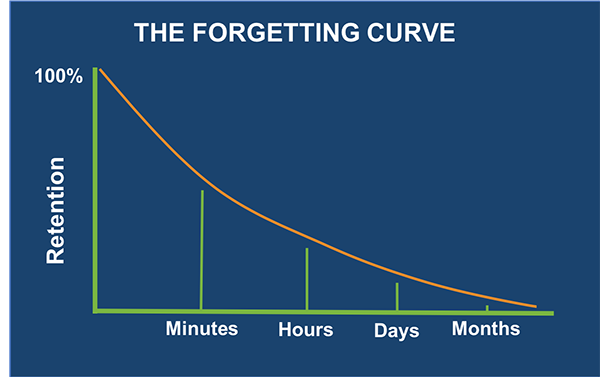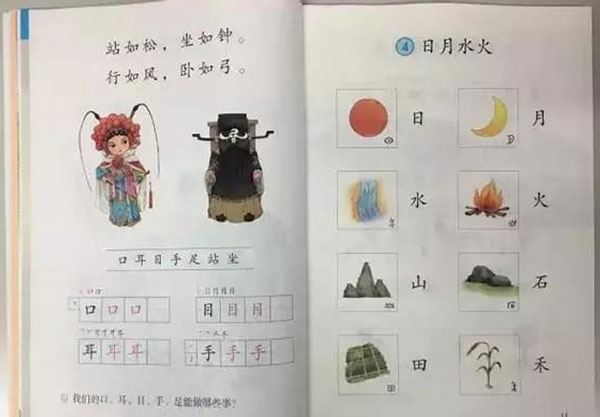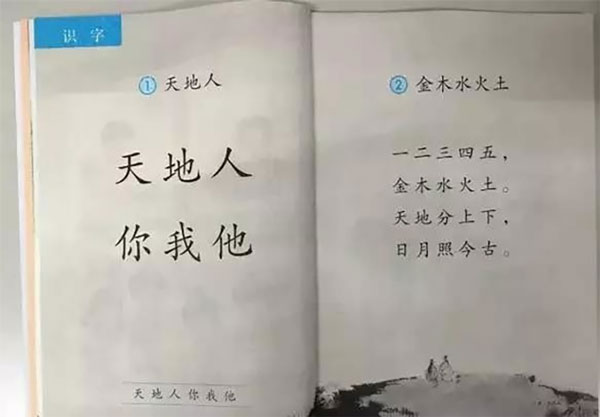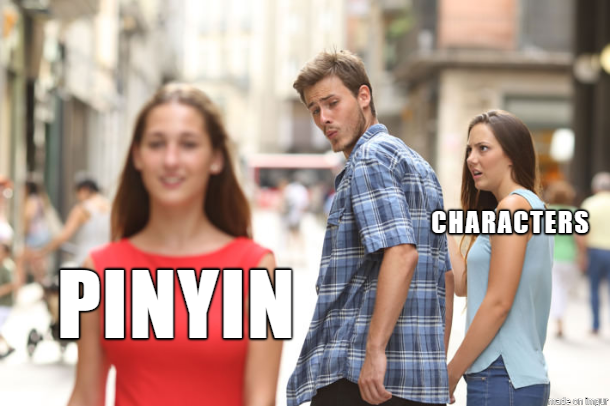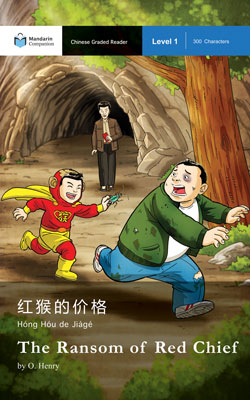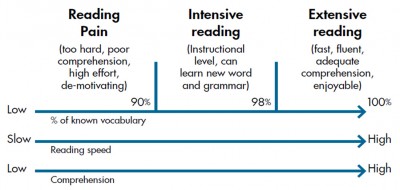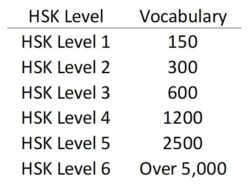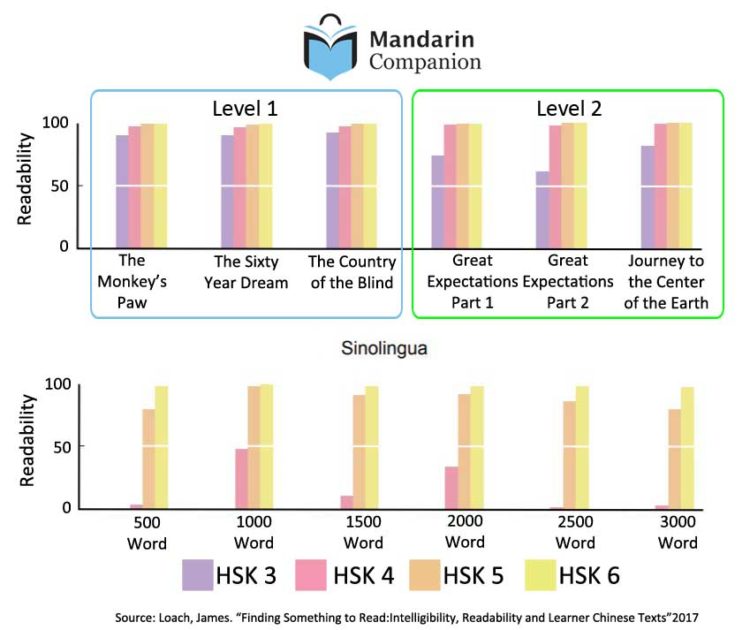We just launched a podcast! Here is how all of this started.
While in Shanghai, I ride my electric scooter to my office nearly every day. I could take the metro, but between walking and riding, it was a 22 min commute compared to a 10 min scooter ride. However, it was this reduced commute time that got me interested in podcasts. For some reason, being surrounded by people on the subway made me less inclined to put headphones in my ears because I might talk to or interact with someone else. Yet, riding on my bike, it was just me, my two wheels, and the chaotic Shanghai traffic.
One day, I wanted to listen to more than just music. I wanted something that was enriching, informative, and uplifting. My first foray into podcasts occurred when I was a guest on the China Startup Pulse to talk about my other business in China. I didn’t give podcasts much thought then, but this time I began listening in earnest and I got hooked. I started listening to podcasts when I was travelling, washing dishes, cleaning house, or out for a walk. Fast forward one year and hundreds of podcasts later, the idea dawned on me that perhaps John and I should start our own podcast about Chinese.
I searched for Chinese podcasts, and there were many. However, there didn’t seem to be any that were talking about learning Chinese, they were all focused on teaching Chinese. As we talked about it, we felt there was a need for a podcast to talk about how to learn Chinese without trying to teach it to you.
John and I have spent years studying and applying methods of learning Chinese as a second language, John’s specialty being teaching through instruction (that is what he does at AllSet Learning), my specialty being implicit learning through extensive reading. For Mandarin Companion, we have attended Chinese language conferences around the world and worked with hundreds of Chinese teachers and listened to their unique challenges and situations. We know countless individuals who have learned Chinese and all have a different path. When we are frequently asked what is the best way to learn Chinese, we know there is no one-size-fits-all solution. On top of it all, we have learned Chinese and we know for ourselves the challenges a learner faces.
When we framed it like this, it seemed obvious that we needed to start this podcast. This kernel of an idea started nearly six months ago is now the “You Can Learn Chinese” podcast!
What This Podcast Is
This is the very first Chinese podcast of it’s kind! Here is what we will be doing.
- Discussing the best ways to learn Chinese
- Sharing leading research and best practices for learning Chinese
- Identifying trends in Chinese learning (good and bad)
- Discussing funny and interesting instances of Chinese in movies and culture
- Interviewing a wide spectrum of Chinese learners.
For each show, John and I will be discussing different topics followed by a guest interview. We already have many interviews recorded with guests sharing their fascinating and wide ranging experiences with learning Chinese including an actor, a public relations director, a graduate of a dual immersion program, a diplomat, and many more! We’re also on a quest to interview Mark Zuckerberg and John Cena.
What This Podcast Is Not
Since this podcast is much different than your average Chinese podcast, here is what it is NOT.
- A podcast to teach you Chinese
- A podcast in Chinese
- A study program
- Virtual phrase book
- A platform for us to try and show off how awesome our Chinese is
Simply put, we are not your teachers! And while John’s Chinese is good enough to do a podcast in Chinese, mine isn’t (believe me).
Listen to You Can Learn Chinese
Have a listen! You can click here for our short introductory podcast.
That’s not all, we released a second episode too!
But wait, there’s more! We even recorded a THIRD episode for you!
We plan to release a new episode every two weeks. I highly recommend subscribing so that you can automatically receive each new episode. To do so, pick one of these options:
- Visit us in the iTunes store, then click ‘Subscribe.’
- iTunes not your thing? You can find us on Google Play, Stitcher, and Spotify and click “Subscribe”.
- For iphone users you can use Apples iTunes app to listen, for Android users, the Google Podcasts app is an excellent option.
- Prefer a different app? Copy and paste this RSS feed into the app, or search for You Can Learn Chinese in the app’s podcast directory: https://rss.simplecast.com/podcasts/10037/rss
You can always visit our podcast website to make comments on episodes and share links with your friends. We plan to release new episodes every two weeks so stay tuned!
If you have any ideas for our podcast, a topic that you think needs to be discussed, or a story to share, please contact us and drop us a note! You can do it!
